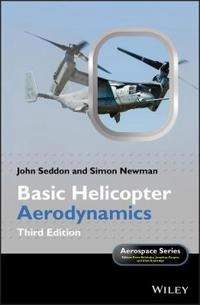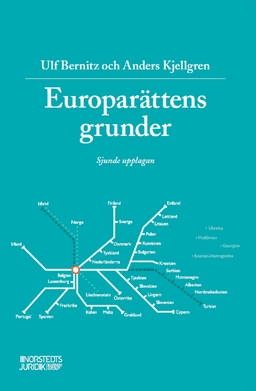

Basic Helicopter AerodynamicsUpplaga 1
- Upplaga: 1a upplagan
- Utgiven: 2011
- ISBN: 9780470665015
- Sidor: 288 st
- Förlag: John Wiley & Sons
- Format: Häftad
- Språk: Engelska
Om boken
Basic Helicopter Aerodynamics is widely appreciated as an easily accessible, rounded introduction to the first principles of the aerodynamics of helicopter flight. Simon Newman has brought this third edition completely up to date with a full new set of illustrations and imagery. An accompanying website www.wiley.com/go/seddon contains all the calculation files used in the book, problems, solutions, PPT slides and supporting MATLAB® code. Simon Newman addresses the unique considerations applicable to rotor UAVs and MAVs, and coverage of blade dynamics is expanded to include both flapping, lagging and ground resonance. New material is included on blade tip design, flow characteristics surrounding the rotor in forward flight, tail rotors, brown-out, blade sailing and shipborne operations.
Concentrating on the well-known Sikorsky configuration of single main rotor with tail rotor, early chapters deal with the aerodynamics of the rotor in hover, vertical flight, forward flight and climb. Analysis of these motions is developed to the stage of obtaining the principal results for thrust, power and associated quantities. Later chapters turn to the characteristics of the overall helicopter, its performance, stability and control, and the important field of aerodynamic research is discussed, with some reference also to aerodynamic design practice.
This introductory level treatment to the aerodynamics of helicopter flight will appeal to aircraft design engineers and undergraduate and graduate students in aircraft design, as well as practising engineers looking for an introduction to or refresher course on the subject.
Åtkomstkoder och digitalt tilläggsmaterial garanteras inte med begagnade böcker
Mer om Basic Helicopter Aerodynamics (2011)
I juli 2011 släpptes boken Basic Helicopter Aerodynamics skriven av John M. Seddon, Simon Newman. Det är den 1a upplagan av kursboken. Den är skriven på engelska och består av 288 sidor. Förlaget bakom boken är John Wiley & Sons som har sitt säte i Hoboken.
Köp boken Basic Helicopter Aerodynamics på Studentapan och spara pengar.
Referera till Basic Helicopter Aerodynamics (Upplaga 1)
Harvard
Seddon, J. M. & Newman, S. (2011). Basic Helicopter Aerodynamics. 1:a uppl. John Wiley & Sons.
Oxford
Seddon, John M. & Newman, Simon, Basic Helicopter Aerodynamics, 1 uppl. (John Wiley & Sons, 2011).
APA
Seddon, J. M., & Newman, S. (2011). Basic Helicopter Aerodynamics (1:a uppl.). John Wiley & Sons.
Vancouver
Seddon JM, Newman S. Basic Helicopter Aerodynamics. 1:a uppl. John Wiley & Sons; 2011.
Bokens omdöme
Ingen har recenserat den här boken ännu.



















